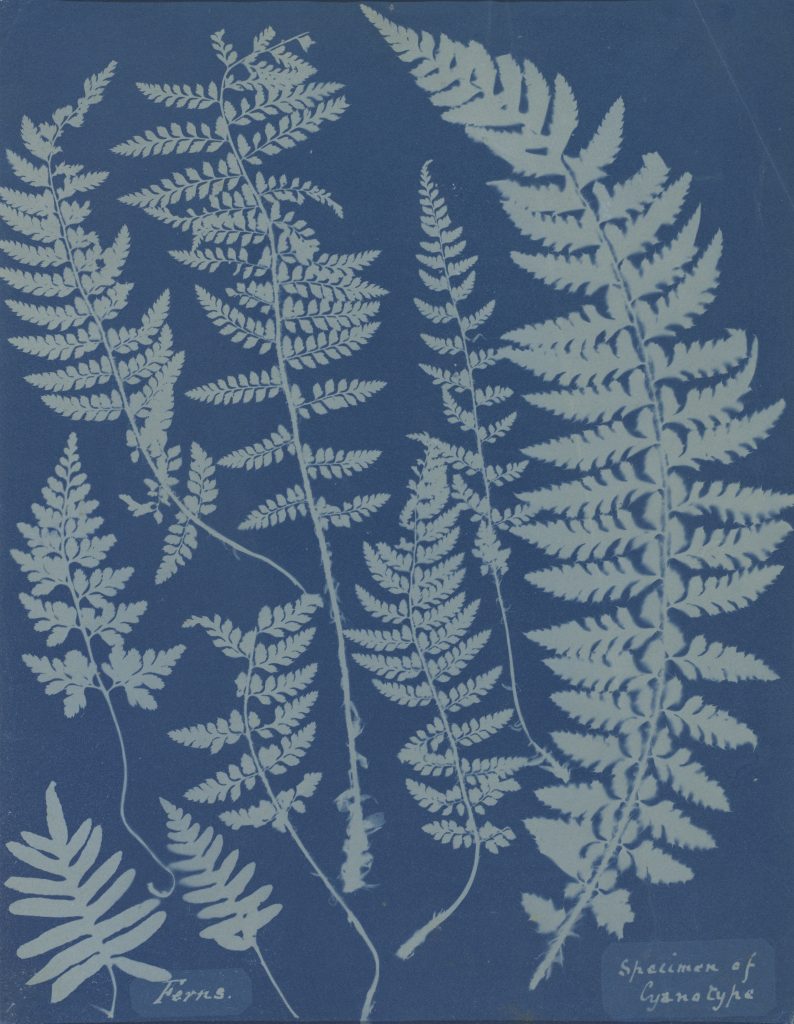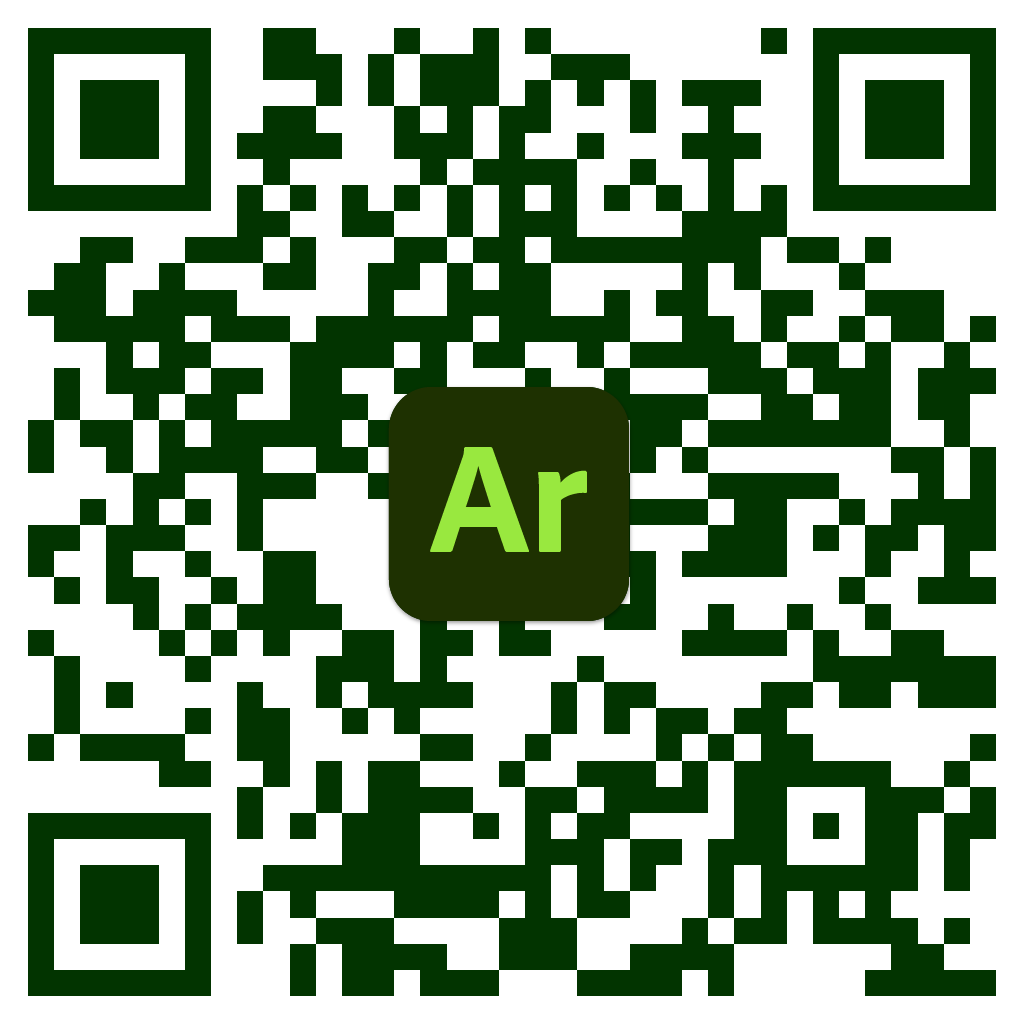I was travelling through the Balkans during June and came across a lot of interesting references to relationships with tech, modernisation, and exploitation. Below are some examples, taken at the Museum of Yugoslavia in Belgrade.


Text reads:
Occasion of Rift
Banner, 2022
The deepening conflict between ideas and material conditions is an opportunity for different conceptions of society. An active role in managing and mediating between material conditions and the notion of a better life, requires responsibility beyond the faith in artificial intelligence. Hard physical labour, such as mining, has been exiled to the periphery, and there seems to be no need to use technologically and socially advanced tools. Labour is visibly removed from those places where people receive a universal basic income.References:
Mining helmet with safety lamp and
battery for power, gloves and boots
Equipment used at the Mining and
Energy Plant “Edvard Kardelj” in
Trbovlje, 1981
The Miner
Sketch for a monument erected in front
of the International Labour Organization
in Geneva, 1939
Antun Augustincié
Gift of the People’s Front of the VI
District of the City of Zagreb to Josip Broz
Tito, May 11, 1946













































